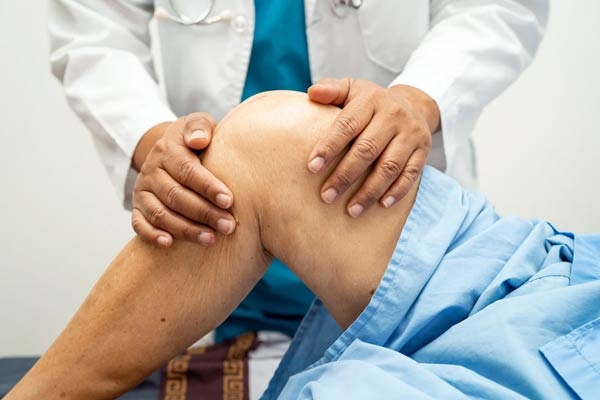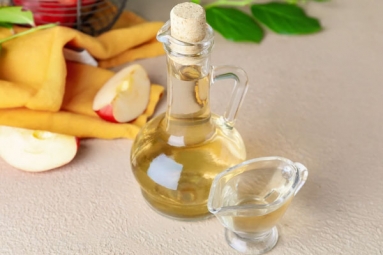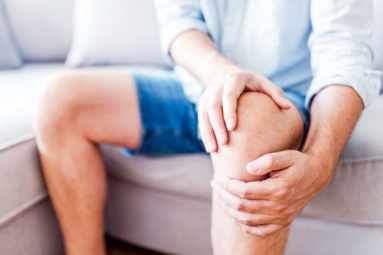
(Image source from: Canva.com)
Researchers from the University of Oulu in Finland found that early changes in the knee structure, like slight cartilage damage and tiny bone growths, are often seen in people in their 30s, usually without any noticeable symptoms. In a study that included 297 individuals with an average age of 33.7 years, more than half showed evidence of joint damage, even when they did not experience knee discomfort. A significant factor contributing to these early changes is having a high Body Mass Index (BMI), which means carrying excess weight that puts added pressure on knee joints, leading to quicker deterioration. These results highlight the need for managing weight and maintaining joint health, even when there is no pain, to avert long-term knee problems. In this article, we provide some suggestions on how you can avoid knee pain in your 30s and 40s. Knee pain is not only a concern for older adults, but it is increasingly impacting those in their 30s and 40s. If ignored, these changes can develop into knee osteoarthritis (OA). To help you safeguard your knees and stay active, we share some simple prevention tips below.
Tips for preventing knee pain:
Keep a healthy weight: Carrying extra weight raises the stress on knee joints, leading to quicker wear. The Osteoarthritis Prevention Study (TOPS) revealed that combining weight loss through diet and exercise can lower the chances of developing structural knee OA in women at risk. This method addresses mechanical, mental, and inflammatory factors related to knee OA.
Stay active: Getting regular exercise helps strengthen the muscles around the knee and enhances joint stability. A comprehensive review of 39 studies found that exercise programs help relieve pain and improve function in those with knee OA. These programs can include strength training, aerobic workouts, and stretches.
Build supportive muscles: Concentrating on building the quadriceps, hamstrings, and calf muscles can offer better support for the knee joint. Strength training is linked to decreased knee pain and better function for those with knee OA.
Do warm-up and cool-down exercises: Having good warm-up and cool-down practices before and after exercising can help prevent injuries. These practices prepare your muscles and joints for activity and aid recovery after exercising.
Choose suitable shoes: To minimize strain on your knees, wear shoes offering sufficient support and padding. Shoes that ensure correct foot alignment can help avoid imbalances and lower the possibility of knee discomfort.
Refrain from sitting too long: Remaining seated for long stretches may cause the muscles that support the knee to become stiff and weak. Standing up and moving about briefly can ease strain on the knee joint.
Employ correct methods: Using the right stance and methods while doing physical tasks can prevent unnecessary stress on the knee. For example, using lifting techniques that utilize the legs instead of the back can shield knee joints.
Maintain hydration: Proper hydration is vital for lubricating joints. Insufficient hydration can decrease synovial fluid, which can increase friction and deterioration of the knee joint.
Watch bone health: Making sure you get enough calcium and vitamin D helps keep bones strong. These nutrients are very important in keeping bones dense and stopping conditions like osteopenia and osteoporosis, which can affect how healthy your knees are.
Get medical help early: See a doctor quickly if you have ongoing knee pain. Addressing possible problems early can stop them from becoming more serious.
The growing number of people in their 30s and 40s experiencing knee pain highlights how important it is to take health precautions. People can greatly lower their chances of having knee problems by living a healthy life, exercising regularly, and paying attention to their joint health.









